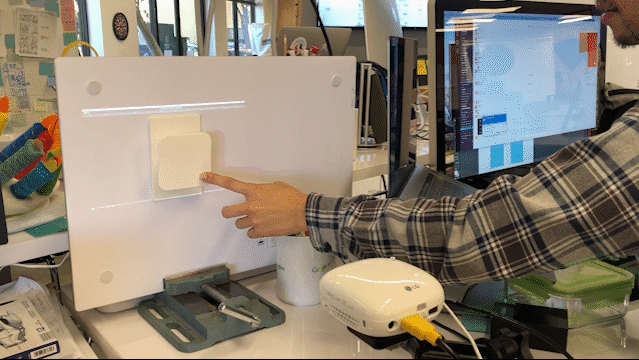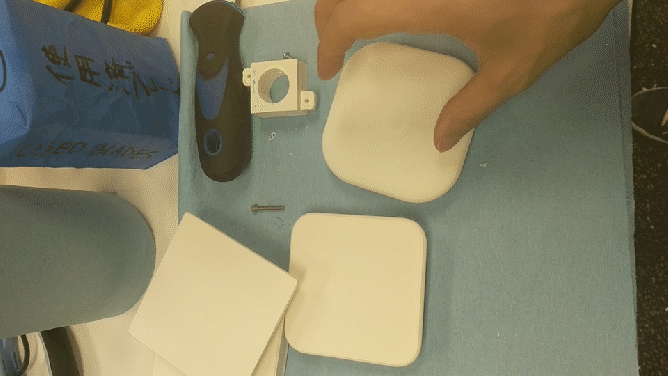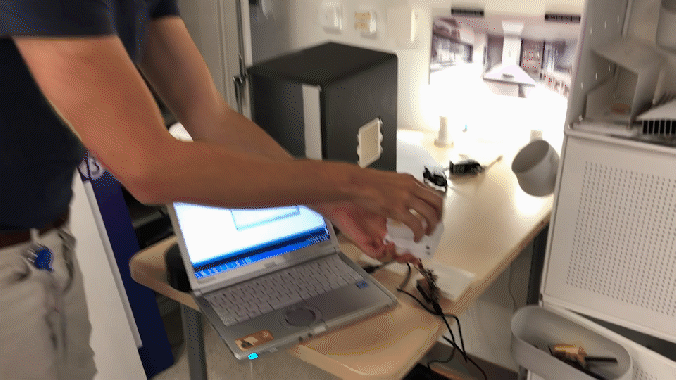A Smart Light Switch You Can Feel
Tilt is a light switch that incorporates a tactile feedback scheme for controlling multi-colored smart lighting
What is Tilt
TILT is a light switch that is to be used in households that utilize smart light bulbs such as Phillips Hue or LIFX. TILT was designed to replace the ordinary single to multi-gang light switch and simplify how lighting was used in a room or space.
TILT focuses on physical feedback for a clear feedback loop while giving users ability to access smart lighting scenes from a known defined location.
The Identified Opportunity
Smart Light Bulbs have introduced many lighting possibilities into homes, but accessibility to the day to day use of these new features have been hampered by a lack of imagination in the newly developed products meant give users access to these features at the cost of introducing poor user experience.
Tilt focuses on simplifying the smart lighting control scheme by implementing cognitively ingrained patterns and physical feedback that the common light switch provides. The result is a product that can replace the modern light switch instead of working as an addition to a pre-existing system.
How it is accomplished
FOUR ASSIGNABLE SCENES
TILT Light Switch has 4 assignable scenes that will be accessible to the user by turning the dial. The final resting place of the dial after being turned will result in the assigned scene.
- SCENE_A is triggered with either a short press from the OFF or a long press from any other scene.
- SCENE_,B,C,D is triggered when the top edge of Tilt is turned and left at associated edge from a resting position.
- OFF is triggered from a short press from any ON position.
TACTILE FEEDBACK
TILT is a physical device with 3 different types of movements. Each movement performs a different action that changes the state of the lighting
USER INTERFACE
The user interface is designed to always stay stationary and not be effected by the rotation of the device. It is designed to use epaper due to Japanese electrical standards, which also reduces light pollution given off by other active screen solutions.
Muscle Memory and Ingrained patterns
One of the major deficiencies that many smart lighting solutions possess is that they require the user to perform multiple steps to arrive at the desired result.
By using only physical mechanisms instead of a touch GUI, these patterns can be memorized by the users through physical repetition to the point where little thought and effort have to be exerted by the user.
Fast - Unconscious
- Operable with accuracy without line of sight
- Operable with accuracy in darkness
- Operation from user decision to operation to desired outcome
Complicated - Conscious
- Full view of GUI to operate
- Desired outcome may require and trial and error which creates uncertainty
- Requires multiple steps to perform action
Process and Development
This section will highlight some of the challenges and decisions that were made throughout this project including engineer limitations, pitching ideas to Japan, and design decisions.
PROTOTYPING

Prototype with a Projector

Handle Shape Study

Wall Socket design to house functional prototype

Wall Socket design to house functional prototype

First mechanism at work before the CAM

Wall mounted version testing

New CAM working

Size reduction after the the creation of the new cam
From Left to right is the progression of prototypes. Starting from a low fidelity proof of concepts to engineered prototypes that could be used for long term in-home user testing.
USER TESTING & UNDERSTANDING MENTAL MODELS
One of the main questions that we were asked was "would someone purchase a product like this." From doing many interviews and surface level user testing, we received very positive feedback for TILT. Almost everyone understood the value proposition and a few asked on when the product would be released in the future.
One issue however, was the problem with the user's mental model as actually using a product may conflict with one's imagine of it. The hope was that TILT would give very little cognitive load to the user when it would be used, something that could be user tested, however, do to the lack of funds, we were not able to perform such thorough testing of the hypothesis.
CATERING TO JAPAN SIDE'S INTERESTS
To be able to continue the project, there was many requests made from overseas to make the product more desirable to users by adding more functions. The product was pushed greatly in the direction of IoT sensor suites, which diverged from my own vision of how this product should be used. Although I produced many documents that included functions and usecases, I separated the functions into self standing products that do not necessarily have to to placed on the product itself. Documents were produced in both Japanese an English to be used in conversation with possible stakeholders.
INVENTION OF THE FLOWER CAM
The flower CAM was devised to allow the screen to be able to rotate freely in both directions. The CAM itself allowed for the three different actions in one smaller package. The credit of this invention goes to Casey Carlin and Yusuke Urakami.
INTERNAL PROMOTIONAL VIDEO
Afterword
Because of the nature of our group as R&D, TILT sits in a portfolio products that can be further developed and released by Panasonic in the future.